When reptile enthusiasts cultivate their passion for these fascinating creatures, it’s common to expand from a single pet to multiple species under one roof. However, housing multiple reptiles together presents unique challenges that extend far beyond simple space constraints. Different species have specific environmental needs, territorial behaviors, and health considerations that must be carefully balanced to create a harmonious habitat. This comprehensive guide will walk you through the essential steps and considerations for establishing a successful multi-reptile habitat where all your scaly friends can thrive without conflict or stress.
Understanding Species Compatibility

Before bringing multiple reptiles together, it’s crucial to research which species can safely cohabitate. Not all reptiles are suited to living with others, even within the same species. Territorial aggression, size differences, dietary competition, and differing environmental needs can create dangerous situations. For example, housing predatory species like monitors with smaller geckos would be disastrous, while two male bearded dragons will likely fight for dominance. Some reptiles that generally do well in groups include certain garter snake species, some skink varieties, and specific tortoise species when given adequate space. Always research each specific species’ social behaviors and compatibility factors before attempting to house them together or even in adjacent enclosures.
Selecting the Right Enclosure System

The foundation of a successful multi-reptile habitat begins with choosing the appropriate enclosure system. For multiple reptiles, you generally have three options: completely separate enclosures, divided terrariums with appropriate barriers, or larger naturalistic habitats designed for compatible species. Custom-built enclosure walls with viewing windows offer flexibility while keeping stress-inducing visual contact minimal. For a more integrated approach, consider modular systems that allow you to connect habitats with secure tunnels or shared basking areas that can be closed off if needed. Whatever system you select, prioritize accessibility for cleaning and maintenance, as multi-reptile setups require more frequent attention to prevent waste accumulation and disease spread.
Creating Appropriate Microclimates
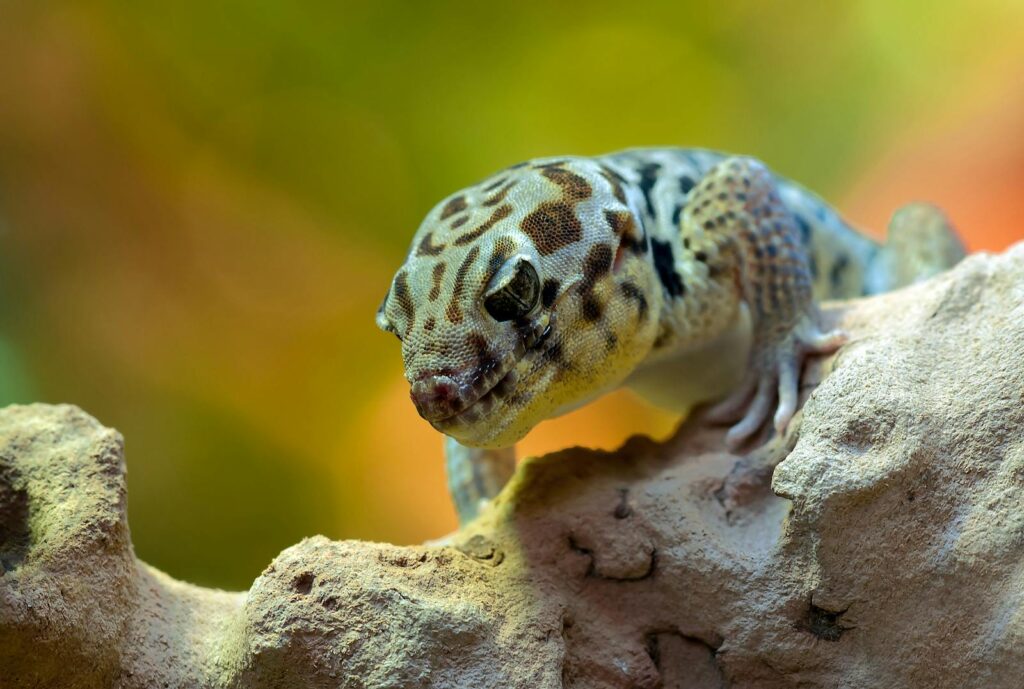
Different reptile species often require varying temperature and humidity levels, making microclimate creation essential in a shared space. Establish distinct zones within the habitat using strategic placement of heat sources, water features, and barriers. For instance, you might create a desert section with basking spots reaching 95-100°F for a bearded dragon, while maintaining a cooler, more humid section for a tropical species. Use ceramic heat emitters, under-tank heaters, and UVB lighting positioned strategically to create these gradient zones. Temperature-controlled misting systems can help maintain humidity pockets in specific areas without affecting drier regions. Always verify these microclimates with multiple thermometers and hygrometers placed throughout the enclosure to ensure each reptile’s specific needs are consistently met.
Establishing Visual Barriers and Private Spaces
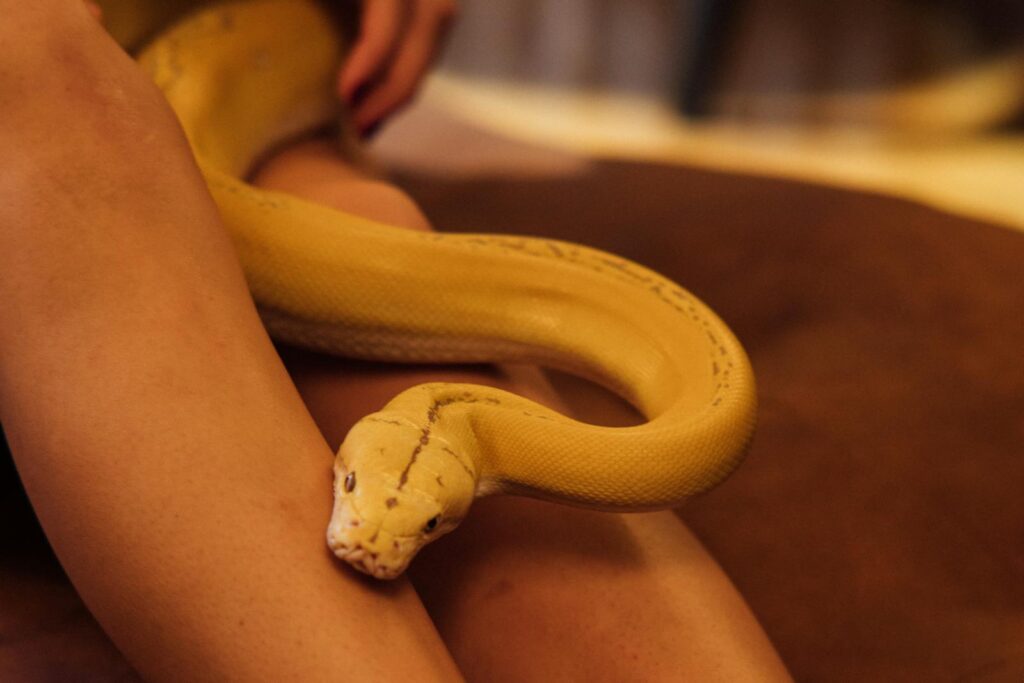
Even compatible reptiles need private spaces where they can retreat from each other’s presence. Visual barriers reduce stress by preventing constant sight contact between species or individuals. Incorporate natural dividers such as cork bark, sturdy live plants, rock formations, and driftwood throughout the habitat. These elements not only create separate territories but also provide enrichment through climbing and hiding opportunities. Each reptile should have multiple hiding spots that are appropriate to their size and behavior – snug enough to provide security but accessible enough for you to monitor their health. These private spaces become particularly important during feeding times, shedding periods, or when one animal displays signs of stress.
Setting Up Proper Feeding Stations
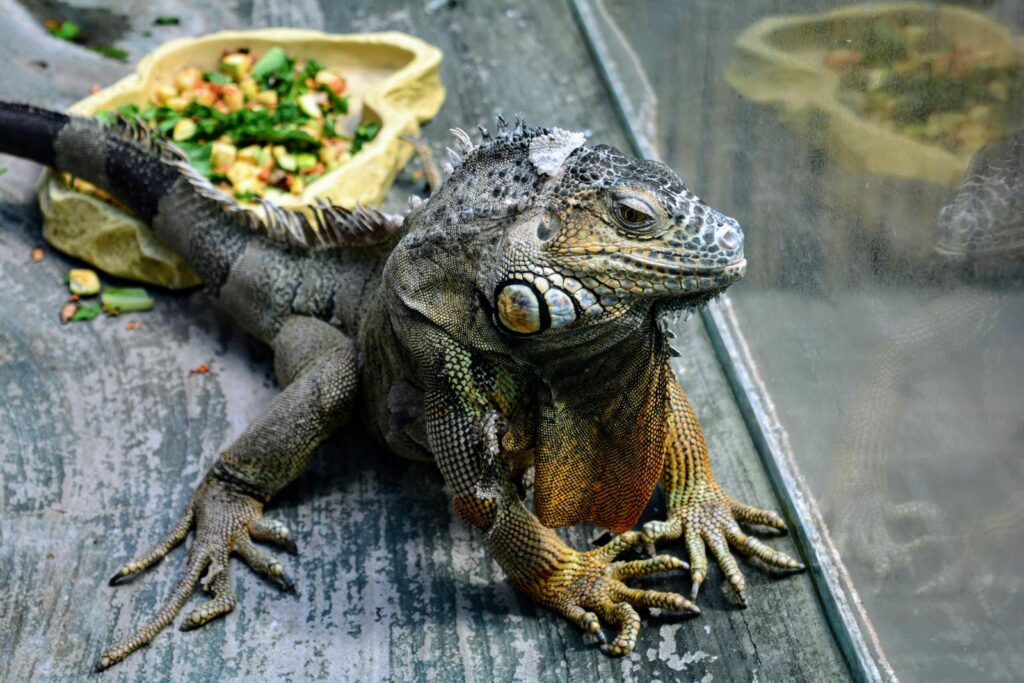
Food competition can trigger aggression even among normally peaceful reptiles, making dedicated feeding stations essential. Create designated feeding areas for each animal, preferably in separate sections of the habitat or during staggered feeding times. For insectivores, consider using feeding dishes that prevent prey items from escaping into the general habitat where they might be fought over or remain uneaten. Some keepers even temporarily separate their reptiles during feeding sessions using portable dividers or by moving animals to separate enclosures. Maintain careful feeding records to ensure each animal is receiving adequate nutrition, as dominant individuals might otherwise consume more than their fair share while subordinate animals lose weight. Watch for signs of food aggression and be prepared to adjust your feeding strategy accordingly.
Managing Substrate and Hygiene Needs

Substrate selection becomes more complex in multi-reptile habitats, especially when housing species with different requirements. Choose substrates that balance the needs of all inhabitants while facilitating effective cleaning. Bioactive setups with springtails and isopods can help maintain cleanliness in naturalistic habitats, breaking down waste before it accumulates. For mixed habitats, consider a base layer suitable for all species with supplemental substrate zones for specific needs—like a humid moss pocket for a tropical species or a digging area for burrowing reptiles. Establish a rigorous cleaning schedule, removing waste daily and conducting partial substrate changes regularly to prevent bacterial growth. In shared habitats, disease can spread quickly, so preventative hygiene protocols are non-negotiable.
Providing Appropriate Basking and UVB Access

Competitive basking can become a significant source of conflict in multi-reptile setups, particularly when stronger animals monopolize prime basking locations. Design multiple basking spots at appropriate temperatures with sufficient space for all inhabitants to thermoregulate simultaneously. Position UVB lighting to create overlapping zones of appropriate intensity for each species’ specific index requirements. For example, desert-dwelling species typically need higher UVB index exposure than tropical forest dwellers. Consider creating tiered basking platforms at different heights, allowing reptiles to select their preferred temperature and UVB gradient. Remember that UVB penetration diminishes with distance and through barriers, so position lights according to manufacturer specifications for each species’ requirements.
Monitoring Behavior and Stress Signals
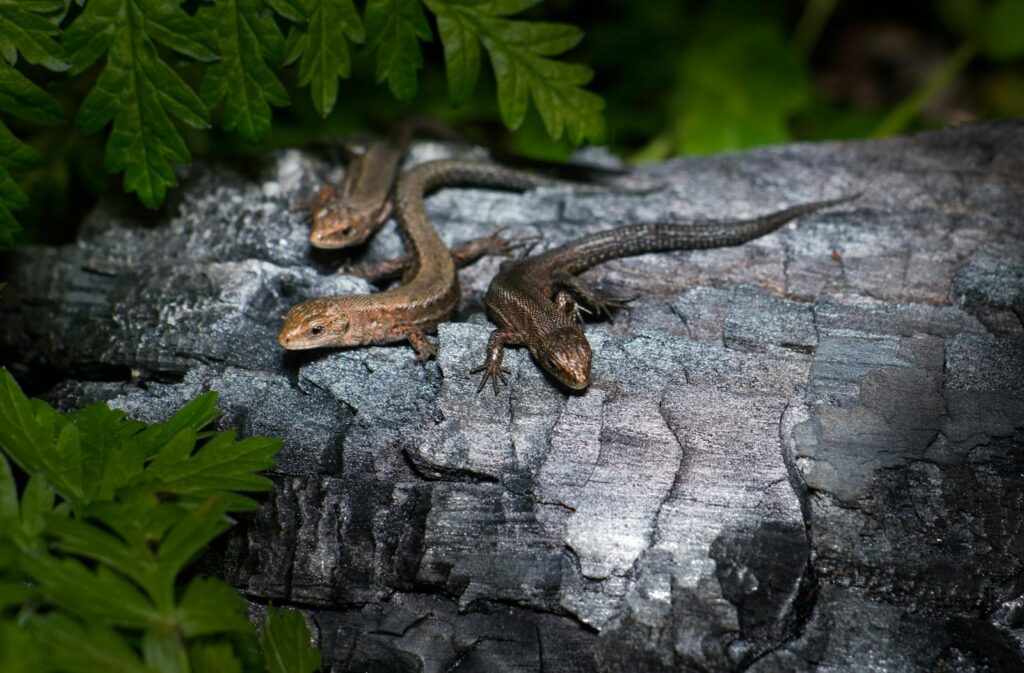
Successful multi-reptile habitats require vigilant observation of animal behavior and stress indicators. Establish a baseline of normal behavior for each animal when housed separately, then watch for changes after introduction to a shared environment. Signs of stress can include reduced appetite, excessive hiding, color changes, aggressive displays, abnormal basking patterns, or weight loss. Document these observations in a journal to identify patterns that might indicate incompatibility or habitat deficiencies. Remember that stress compromises reptiles’ immune systems, making them more susceptible to illness even when other care parameters are correct. Some reptiles display subtle stress indicators, so regular health checks including weight monitoring can help catch problems before they become severe.
Introducing New Reptiles Gradually

Adding new reptiles to an established habitat requires careful planning and quarantine procedures. All new animals should be quarantined for at least 30-60 days before introduction, with fecal testing and veterinary screening to prevent disease transmission. When ready for introduction, begin with adjacent enclosures that allow visual but not physical contact to observe how the animals react to each other’s presence. Gradual introduction sessions in neutral territory can help minimize territorial responses, starting with short supervised periods and gradually increasing duration. Be prepared to separate animals immediately if aggression occurs, and have backup housing ready at all times. Even species that are generally compatible may have individual personality conflicts that make cohabitation impossible.
Maintaining Proper Size Ratios

The size differential between cohabitating reptiles plays a crucial role in their compatibility and safety. As a general rule, reptiles housed together should be of similar size to prevent predatory behavior or intimidation. Even typically docile species may view significantly smaller tank mates as potential prey when hunger strikes. This consideration becomes particularly important when housing juvenile reptiles that will grow at different rates. Plan your habitat with the adult sizes of all species in mind, not just their current dimensions. If maintaining reptiles of different sizes, provide escape routes and hiding spots appropriate for the smaller individuals that larger animals cannot access. Remember that some species continue growing throughout their lives, potentially changing group dynamics over time.
Addressing Species-Specific Environmental Needs
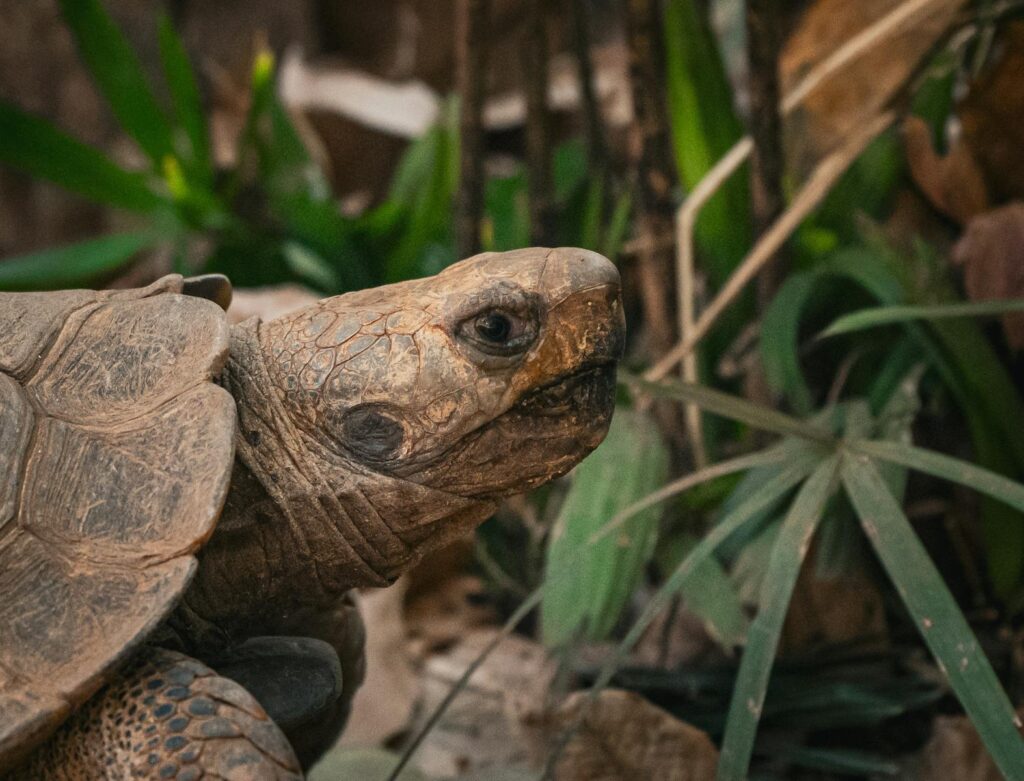
Beyond basic temperature and humidity requirements, many reptiles have specialized environmental needs that must be accommodated in shared habitats. Arboreal species need vertical climbing structures and secure perches, while terrestrial species require adequate floor space for natural movement patterns. Burrowing species need sufficient substrate depth to create tunnels without undermining habitat structures. Some reptiles require specialized lighting schedules or seasonal temperature fluctuations to maintain proper health and breeding cycles. Water features present another consideration—some species need swimming areas while others require only drinking water. Creating a habitat that meets all these diverse needs requires creative design solutions and sometimes technological assistance from programmable thermostats, timers, and specialized equipment.
Establishing an Emergency Separation Plan
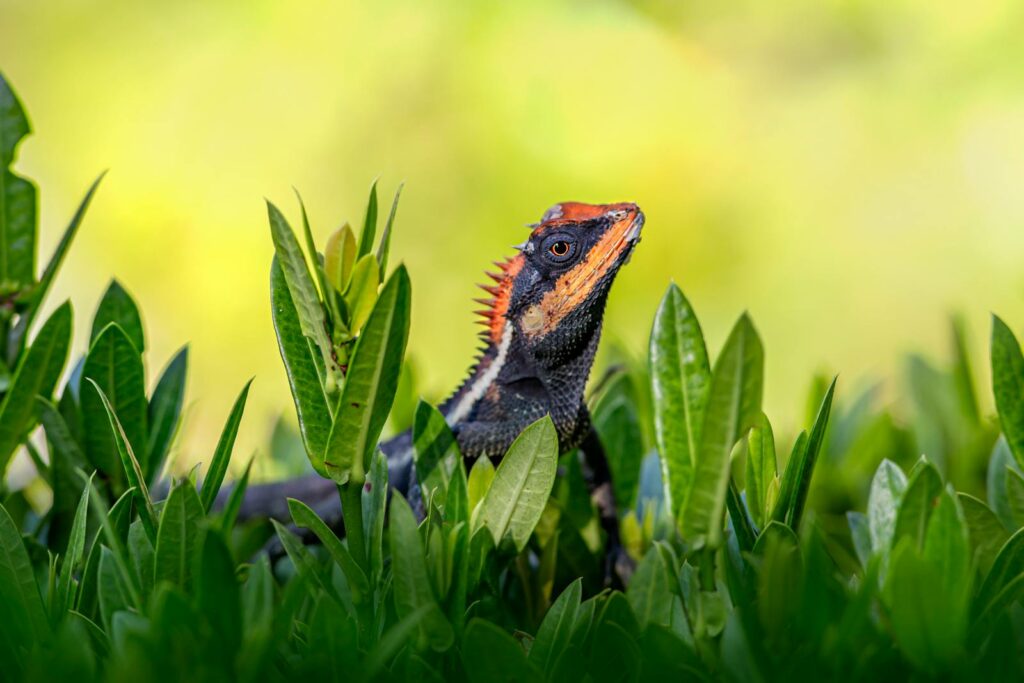
Even the most carefully planned multi-reptile habitats can experience unexpected compatibility issues, making an emergency separation strategy essential. Always maintain spare enclosures equipped with basic heating and lighting that can be quickly set up if animals need immediate separation. Keep detailed records of each animal’s specific care requirements so anyone assisting during an emergency knows exactly how to set up appropriate temporary housing. Identify warning signs that would trigger separation, such as repeated aggressive encounters, injuries, or one animal consistently preventing another from accessing essential resources. Prepare a step-by-step protocol for safely removing animals from the shared habitat with minimal stress, including appropriate handling techniques for each species.
Scheduling Regular Veterinary Check-ups

Reptiles in multi-species habitats should receive more frequent veterinary attention than those housed individually. Schedule regular check-ups at least twice yearly for each animal, with comprehensive parasite screenings and health assessments. Many reptile health issues present subtly at first and can quickly spread through a shared environment if not caught early. Establish a relationship with an experienced reptile veterinarian before problems arise, ensuring they’re familiar with all the species in your collection. Maintain detailed health records for each animal, including weight trends, shedding patterns, feeding responses, and any medications administered. These records become invaluable for identifying subtle changes that might indicate stress from cohabitation before serious health issues develop.
Conclusion
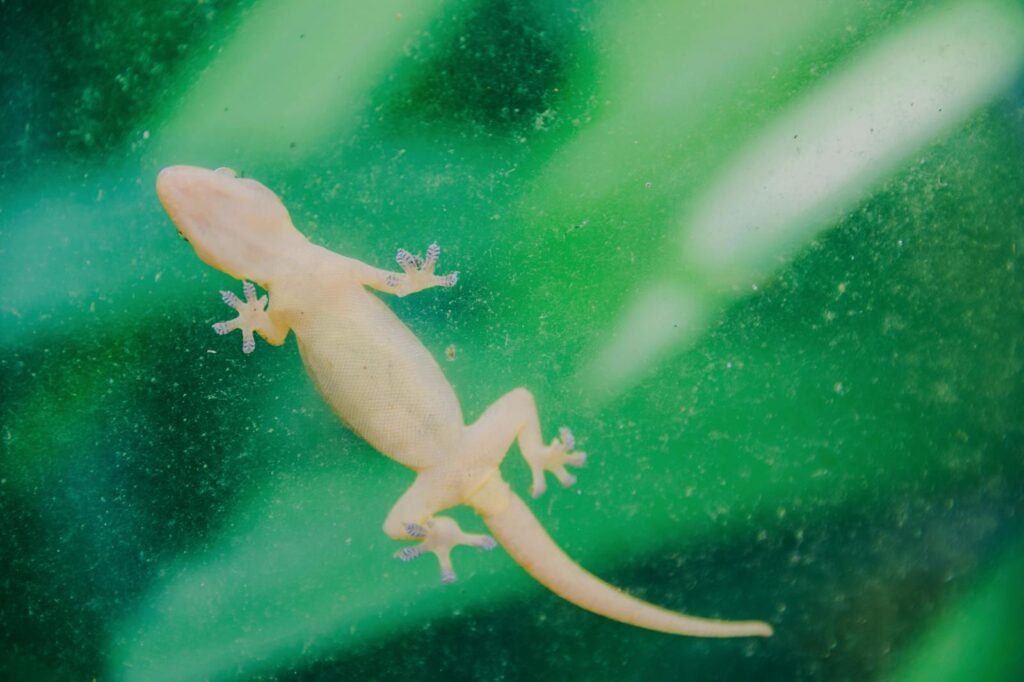
Creating a successful multi-reptile habitat requires diligent research, careful planning, and ongoing maintenance to ensure all inhabitants thrive without conflict. By understanding species compatibility, creating appropriate environmental zones, and monitoring behavior closely, you can build a fascinating ecosystem that showcases the natural behaviors of multiple reptile species. Remember that the welfare of your animals should always take priority over the convenience or aesthetics of a shared setup. With patience and attention to detail, a well-designed multi-reptile habitat can provide years of educational enjoyment while maintaining the health and happiness of your scaly companions.









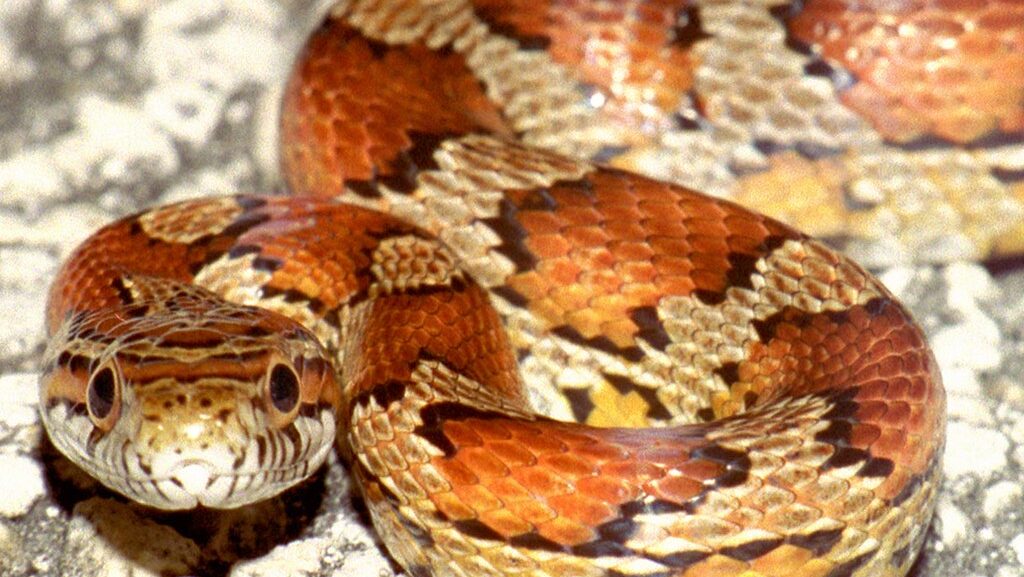
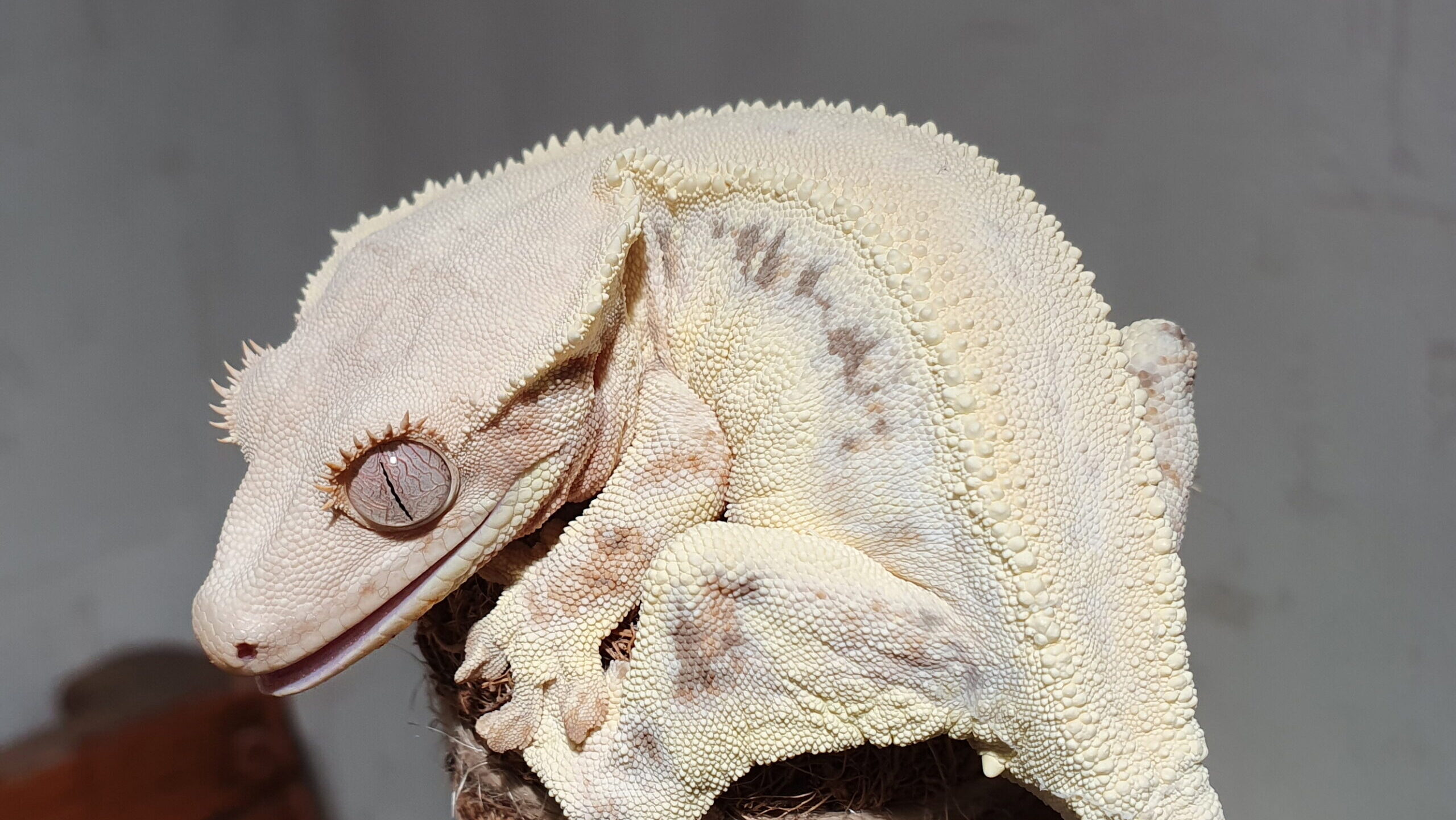





Leave a Reply